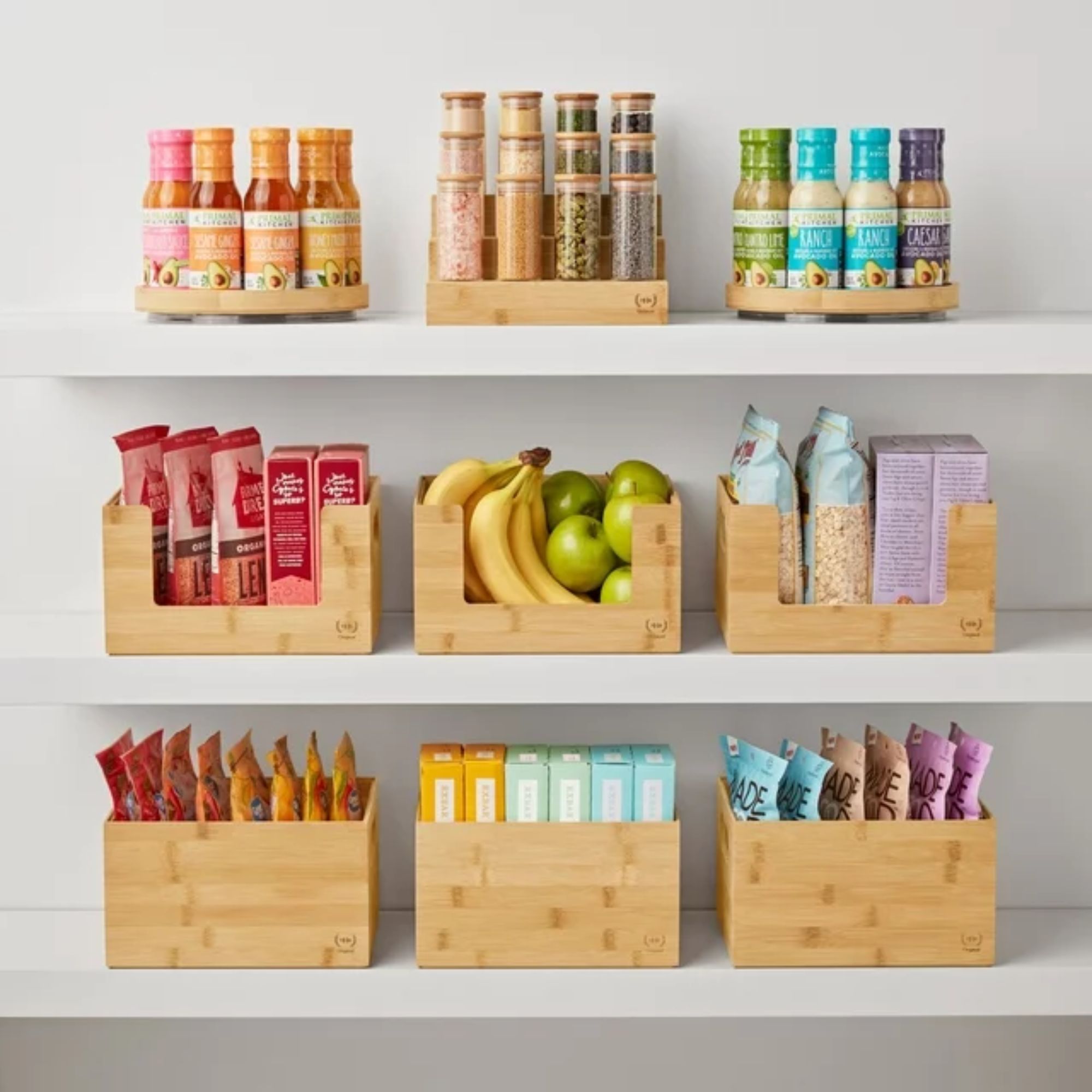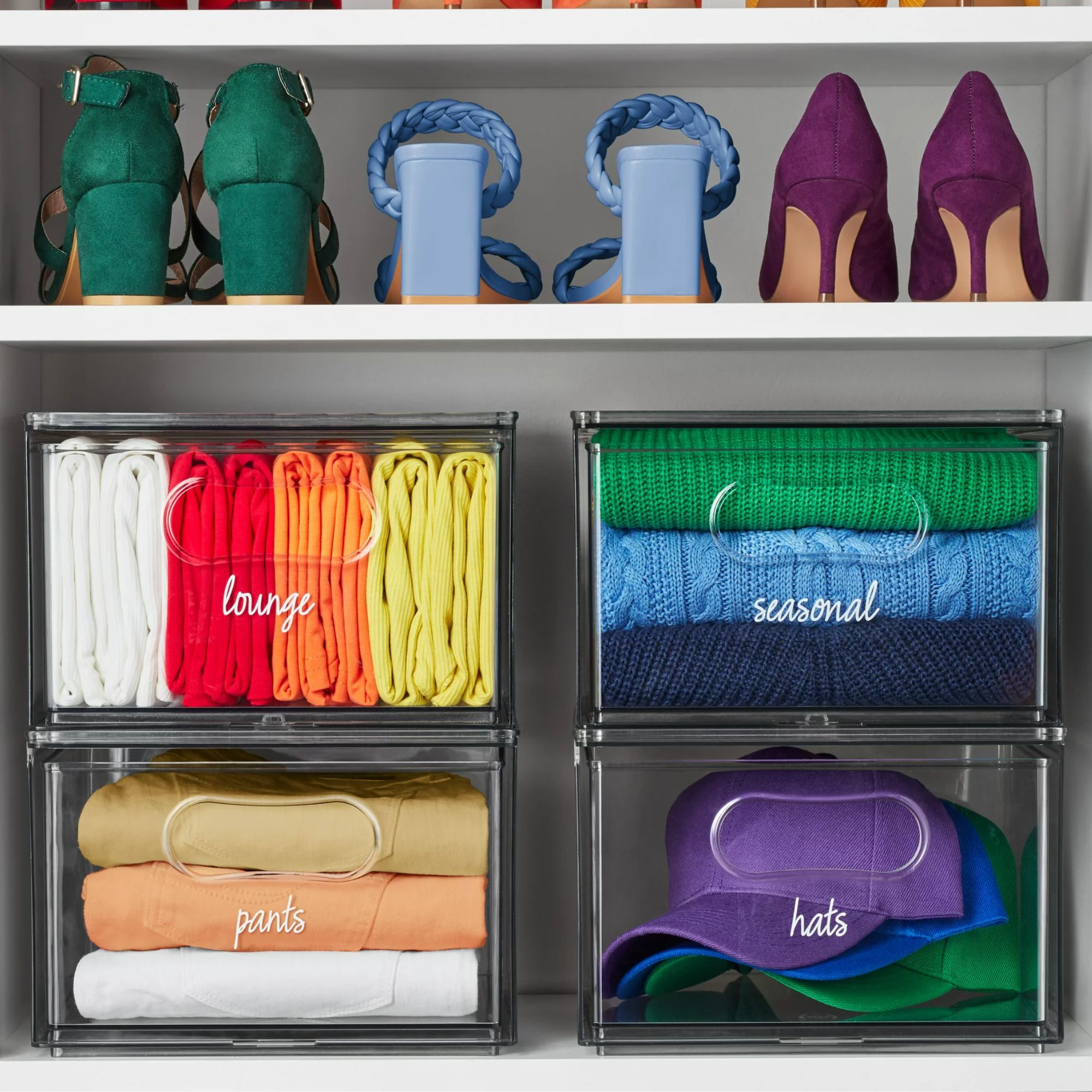I tested the 'snowball' decluttering method to combat procrastination – here's what happened next
This decluttering method is especially helpful for anyone who struggles with decision fatigue or finds it overwhelming to tackle large projects
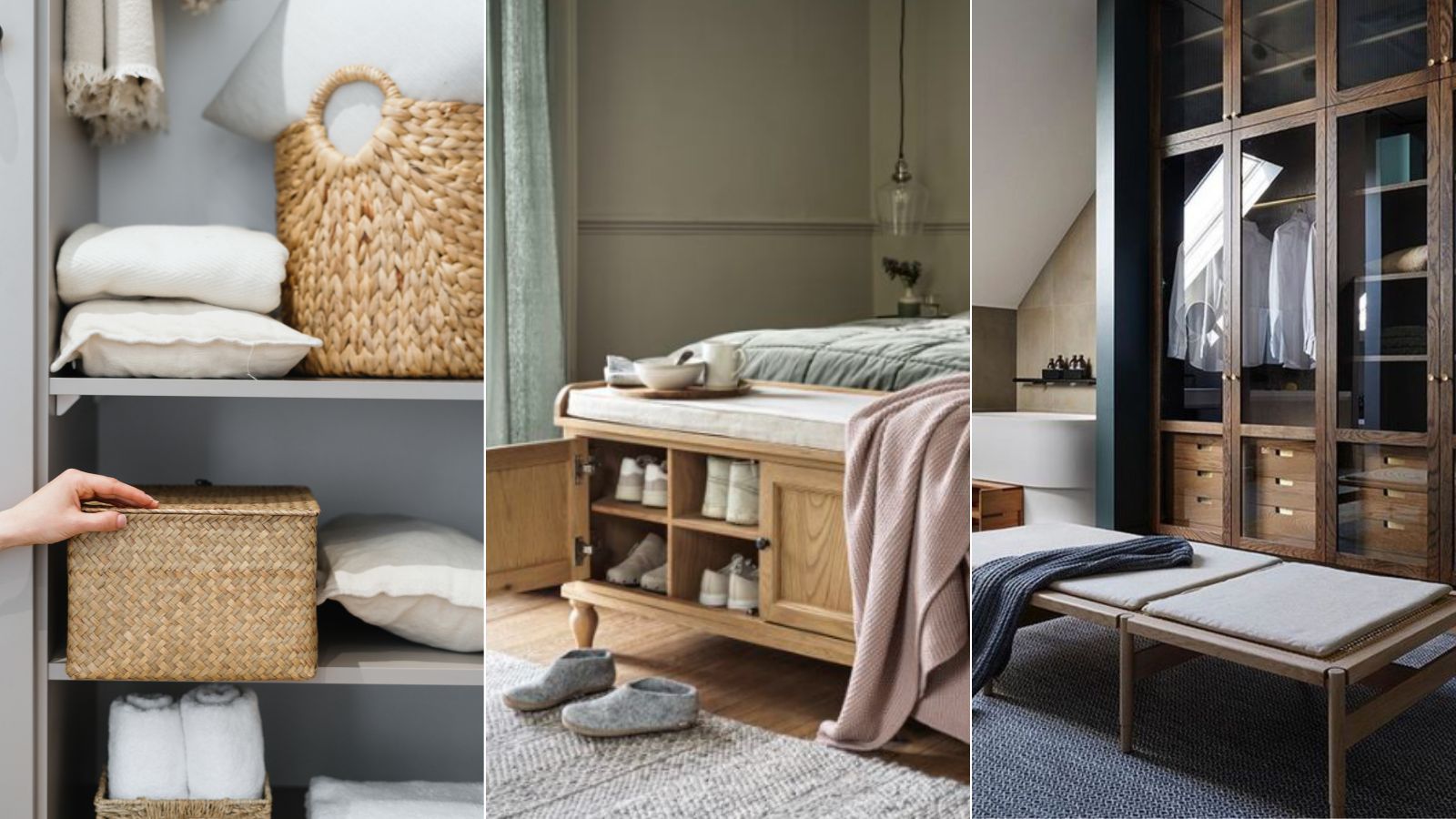

As someone who is reluctant to declutter but has an overflowing living space in need of order, I was eager to put the snowball decluttering method to the test.
Decluttering can be more than just physically tiring; it's an activity that many find psychologically challenging. Personally, I find it difficult to build the momentum required to get stuck into this task, finding it exhausting to repeatedly determine which items to keep and which to discard. For this reason, I often put home organization off in favor of more interesting activities, or I don't manage to get as much done as I would like.
I've been told that the snowball decluttering method is the perfect technique for making decluttering fun, so I was keen to try it firsthand.
The snowball method of decluttering
Ready for a successful decluttering session? Here is everything you need to know about the snowball method, including how to do it, its benefits, and its drawbacks.
The definition
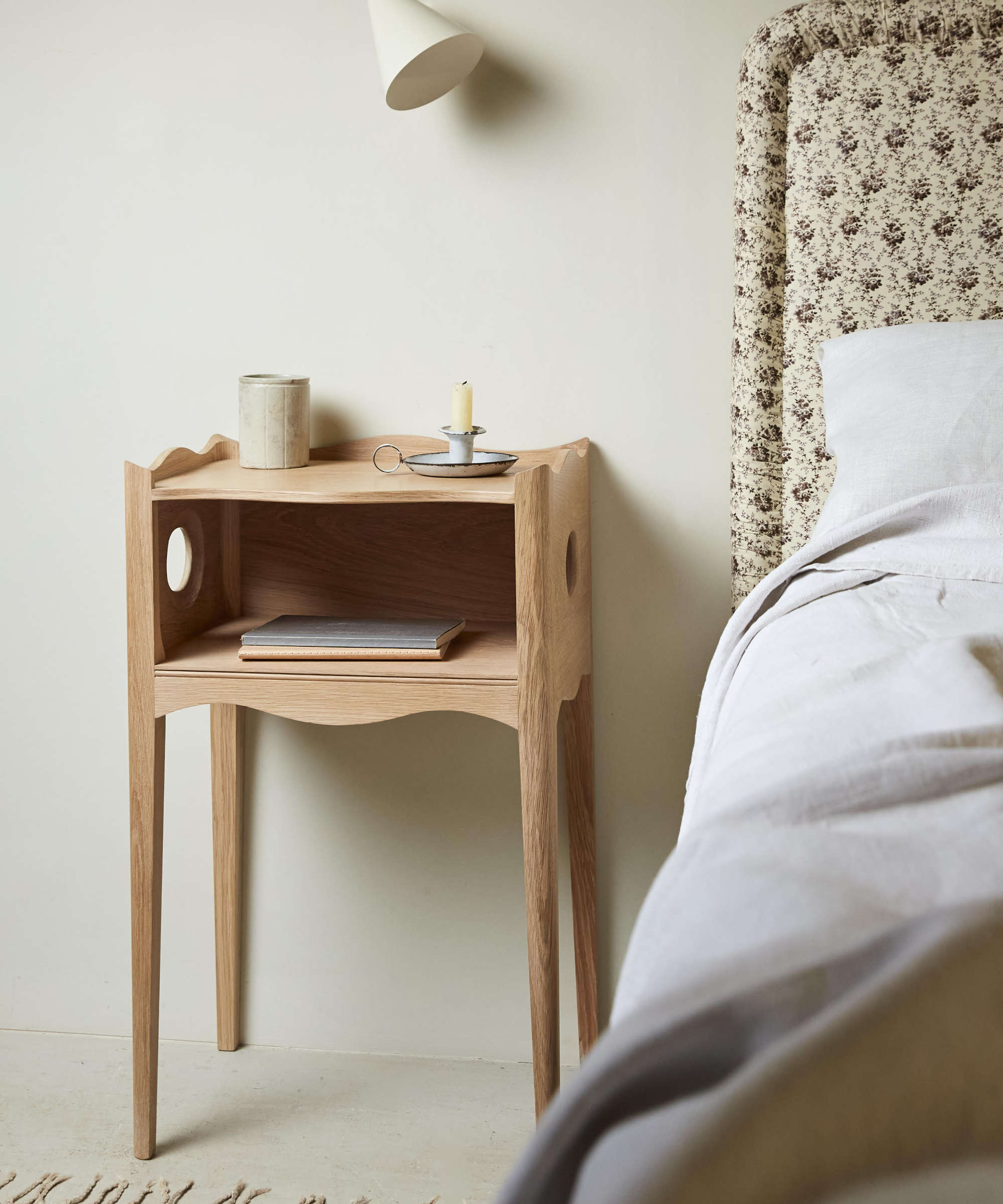
Snowball decluttering is a technique for completing small, manageable tasks and gradually building up to bigger ones. The concept behind this method is simple: once you have decided to get rid of something, you can use the same reasoning to declutter other items that fit the same criterion. This simplifies the decision-making process and allows you to gain momentum and motivation to tackle progressively more significant tasks.
How it works
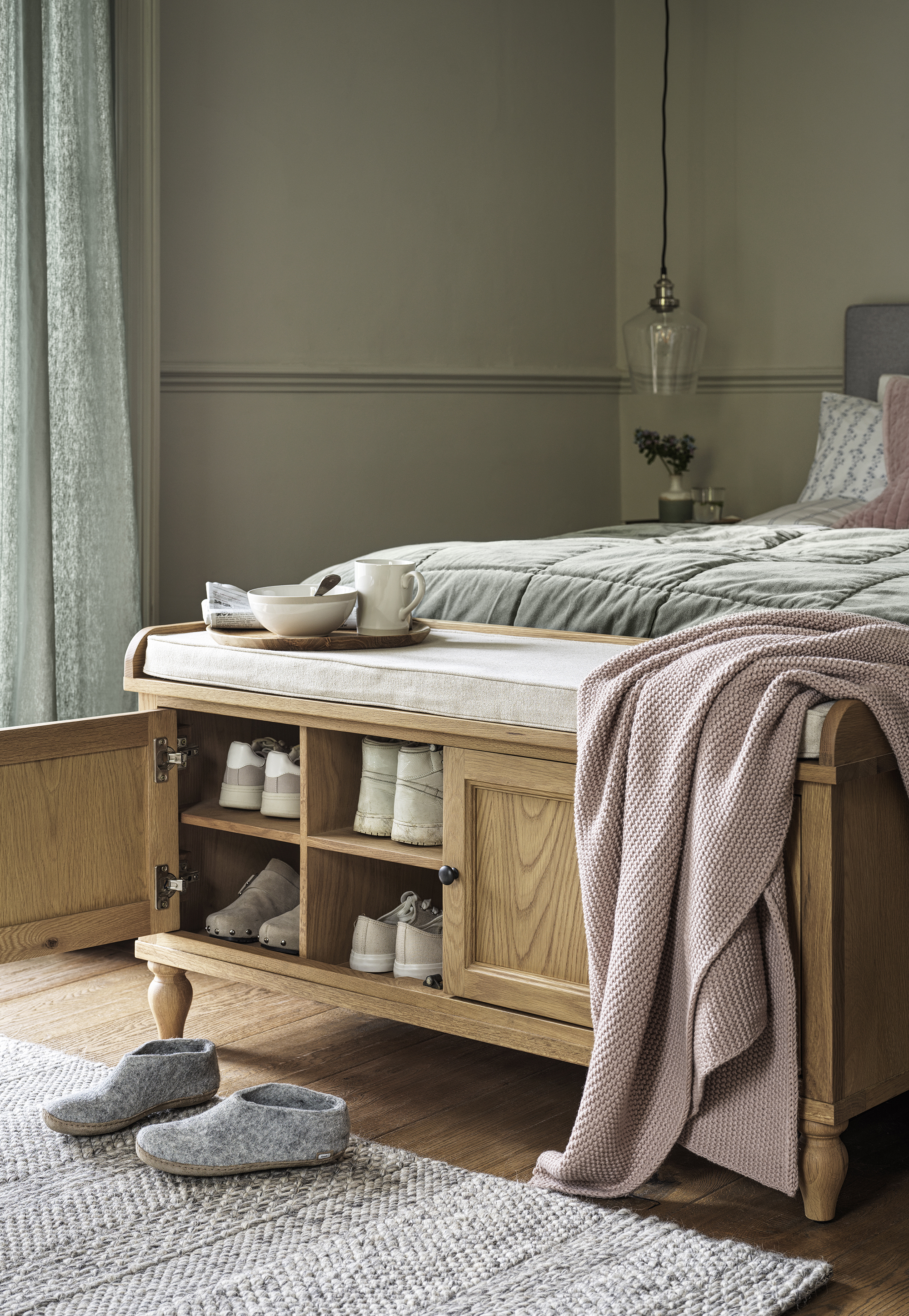
The snowball method of decluttering extends beyond the physical act; it encourages thorough reasoning and decision-making, which relate to the psychological processes involved in motivations and behaviors.
'The psychology behind it draws on the power of small wins. By starting with a more manageable task, you gain confidence, shift your mindset, and overcome initial resistance or uncertainty around letting go of possessions,' explains clinical psychologist and founder of US Therapy Rooms, Dr. Daniel Glazer. 'Each item you remove reinforces your commitment. Like a small snowball rolled down a hill, discarding objects gradually builds into substantial change.'
Design expertise in your inbox – from inspiring decorating ideas and beautiful celebrity homes to practical gardening advice and shopping round-ups.
By deciding to declutter entire categories of items based on a single realization, the snowball method minimizes the mental strain associated with decision fatigue.
How to use the snowball decluttering method

Step 1: Set clear goals
I recommend defining specific decluttering goals for each session before you begin. Whether it's reducing the number of clothes you have or organizing paperwork, having clear objectives keeps you focused and can help you motivate yourself to part with items, since this is often the most difficult thing about decluttering.
Step 2: Sort and categorize
Before you get to work, it can be helpful to arrange storage bins or designate zones to store items you want to keep, donate, sell, or discard, to ensure a systematic approach to decluttering. This way, you can focus on decluttering an area before moving on to where you want to put all the items. This should make the process less overwhelming.
Step 3: Start small
To use the snowball decluttering method, I started with a manageable area, which can be anything from a single drawer to a specific category of items. I started with my sweaters. I took all my sweaters out of my drawers and closet so I could sort through them with a clear mindset and decide what to declutter.
Professional organizer and founder of A Clear Path Dr. Regina Lark explains that it is essential to remove all items from their usual context to be more objective about what to declutter and how best to organize: 'When I see an item in situ, it's as if that's its home and that's where it lives. So, if you take everything out, it's easier to be objective.'

Dr. Regina Lark is an Organizing and Productivity Specialist based in Los Angeles. In 2008 she founded A Clear Path, Silk Touch Moves, and recently, Speaking of Clutter.
Although I was initially hesitant to part with certain items – due to the idea that I might eventually use them or because of their sentimental value – I realized that keeping them was preventing me from creating a space that was better suited to me. This realization became the catalyst for decluttering my entire closet, which helped me build momentum and reduce my decision fatigue.
Step 4: Tackle larger areas gradually
I decluttered a few smaller spaces, including decluttering the nightstand, dresser and desk drawers, and bed storage, before I moved on to bigger tasks, such as decluttering my bathroom. As I gained momentum and confidence, seeing the impact of my efforts in smaller spaces, I found moving to larger areas felt more manageable.
Top tip:
'Celebrate small victories along the way to keep motivation high,' advises operations manager at Spekless Cleaning, Karina Toner. 'The snowball method thrives on the principle that small wins lead to more significant accomplishments.'

Karina is the Operations Manager at Spekless Cleaning, a trusted maid service based in Washington D.C. The team has over five years of experience providing top-quality cleaning services for both residential and commercial clients. Karina oversees every aspect of the business, ensuring that every client gets the same top-notch service and a spotless clean every time.
Pros of the snowball method

It allows you to customize your pace: 'The snowball method is adaptable to your schedule and preferences,' says Karina Toner. 'Whether you prefer short daily sessions or longer weekend decluttering, it accommodates various lifestyles.'
It prevents burnout: Often, when trying to declutter my home, I become overwhelmed and give up before making significant progress. However, with the snowball method, you can take breaks between tasks and maintain a steady pace without getting exhausted. The gradual approach makes a daunting task feel lighter, ensuring sustainable progress and reducing the likelihood of burnout.
It can be a quick process: 'This method works when you have a short amount of time and energy because you finish one area before diving into another, and you can see how great the finished project looks and functions, which encourages you to continue,' says Brenda Scott, professional home organizer and founder of Tidy My Space.
It promotes motivational momentum: Feeling accomplished with small tasks encourages you to keep going. Starting small allows for early success, boosting confidence and creating a positive mindset for tackling larger decluttering projects. Dr. Daniel Glazer says: 'This method is especially helpful for those who struggle with procrastination or find it overwhelming to tackle large projects all at once.'
It makes decluttering sentimental items simpler: 'The snowball decluttering method is a great way get comfortable letting go of possessions, as an emotionally gentler starting point before circling back to sort through those tougher clutter spots,' explains Dr. Daniel Glazer.

Brenda Scott is passionate about home organizing, decluttering, and creating a safe home. At Tidy My Space, she helps people to keep their homes tidy when life gets busy. Brenda shares useful tips and gives practical help with sorting and editing her clients' spaces, leading them to feel less stressed and bringing the luxury of time to be spent with family, friends, or on themselves.
Cons of the snowball decluttering method

It can be time-consuming: 'While effective, the snowball method is not an instant fix,' says Karina Toner. 'It requires time and patience, which may be a drawback for those seeking quick results.'
There is a lack of urgency: In urgent situations or major life changes, a more immediate decluttering approach might be necessary, making the snowball method less suitable.
It requires focus: The snowball method also requires discipline to steadily build that decluttering momentum – when my focus wavered, so did my motivation.
'To sustain the benefits of decluttering, incorporate the snowball method into your regular cleaning and organizing routine,' advises Karina Toner, professional cleaner. 'This prevents the accumulation of clutter over time.'
By testing the snowball method of decluttering, you may discover a method for creating a more organized and serene living space that relieves you of the decluttering mental block that can put you off doing this maintenance task.
Remember, the key is consistency and celebrating progress, no matter how small.

Lola Houlton is a news writer for Homes & Gardens. She has been writing content for Future PLC for the past six years, in particular Homes & Gardens, Real Homes and GardeningEtc. She writes on a broad range of subjects, including practical household advice, recipe articles, and product reviews, working closely with experts in their fields to cover everything from heating to home organization through to house plants. Lola is a graduate, who completed her degree in Psychology at the University of Sussex. She has also spent some time working at the BBC.
